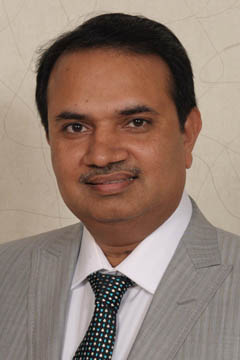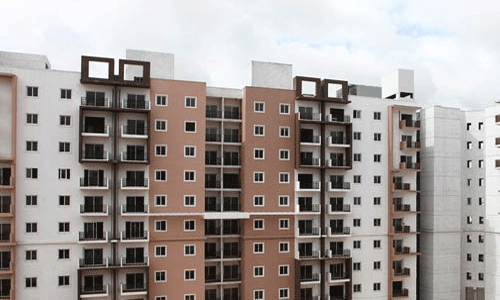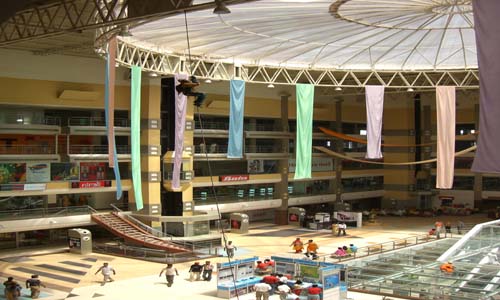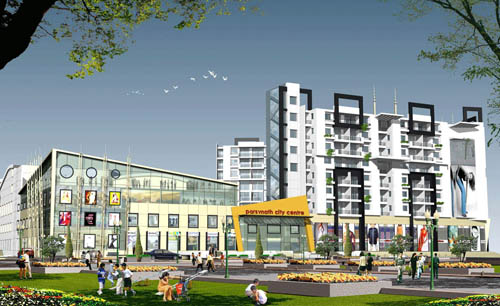
Slum redevelopment ensures inclusive growth
The business of redevelopment has a long gestation period but the end result is better living for the poor, improved civic amenities and infrastructure of the city and additional housing for the influx.

The business of redevelopment has a long gestation period but the end result is better living for the poor, improved civic amenities and infrastructure of the city and additional housing for the influx.

Anmol Shah, the Gujarati businessman settled in Mumbai, has both the emotional as well as rational reasons to invest in property this time on Akshay Tritiya. His astrologer has suggested that very much like a few years back when he bought his first flat in Mumbai, followed by an office in one of the Central Business Districts (CBD) on Akshay Tritiya, he should yet again buy the second house on the auspicious day this year.

While most of the retailers in India blame more to the frontline cost of the real estate than supply chain hurdles, online retailers like MyGrahak project it as a cost competitive advantage.

Sahara Group, ICICI Bank, Bhushan Steel, Bharti Realty, Red Fort Capital and Shri Lal Mahal are understood to be in the race among others to acquire Parsvnath Developers’ 1.18 acre of prime commercial land near Connaught Place in the National Capital.

Owing to global issues, liquidity is becoming a problem. Though the phase is temporarily, the concern cannot be ruled out. Indian real estate sector is banking on the fact that change will take place and market will come out of the situation.

Just over a decade ago nobody would have even thought about the redevelopment. What then changed in the last two decades? Well, almost about everything changed as far as vision about the urban infrastructure and living is concerned.

Greater emphasis needs to be awarded to project delivery in light of the human, physical and monetary resources that are lost as a consequence of such delays. Even in the most robust economy, the challenges involved in construction and delivery of projects are enormous. There are common worries focused on timeliness, costs, performance and delivery. Stakeholders involved across the development process are often insufficiently coordinated to deliver a finished product within budget and on time.

In 1959, Charles E Lindblom, the American political scientist, published a paper in the Public Administration Review entitled The Science of ‘Muddling Through’. In this, he contrasted what he called the ‘root method’ of decision-making with the ‘branch approach’.

India’s growth story has many facets; one of the integral parts of growth – and arguably the most important one – is urbanization. In fast-growing economies, cities are significant investment and employment generators, which in turn carry the growth momentum forward. The sustainability and livability of any city depends largely on the quality of its infrastructure and real estate stocks. Needless to say, cities also require large sums of money to create urban asset stocks, including buildings and infrastructure.

An emerging segment to attract the hotel industry of India has been the MICE (Meetings, Incentive, Conventions and Exhibitions) segment as it has the potential to change the face of several upcoming Indian cities. The overall international visitors are likely to grow many fold due to MICE as it allows for the sale of several hundreds or even several thousands of room nights as opposed to the transient travellers who utilise only a few room nights at a time.
